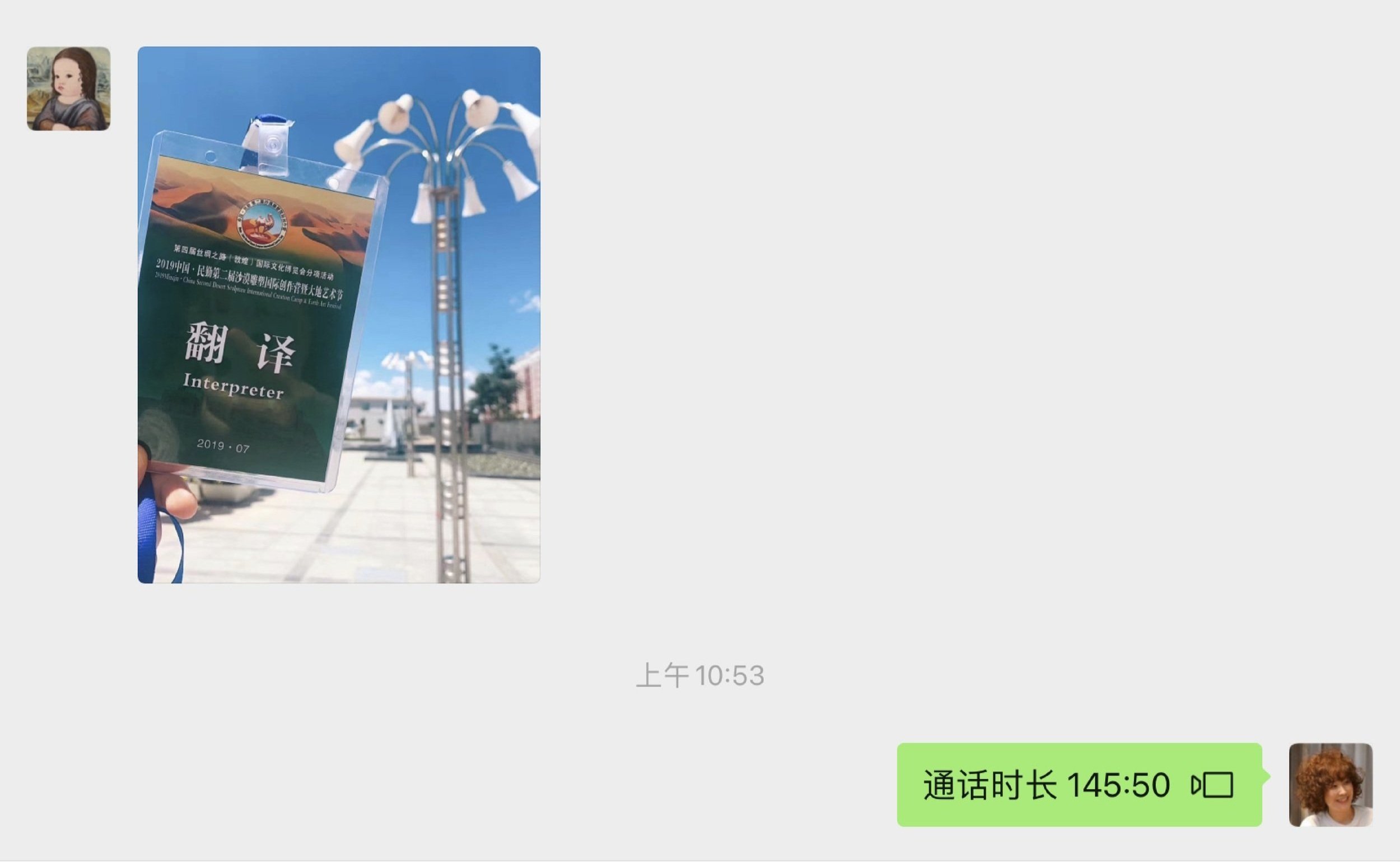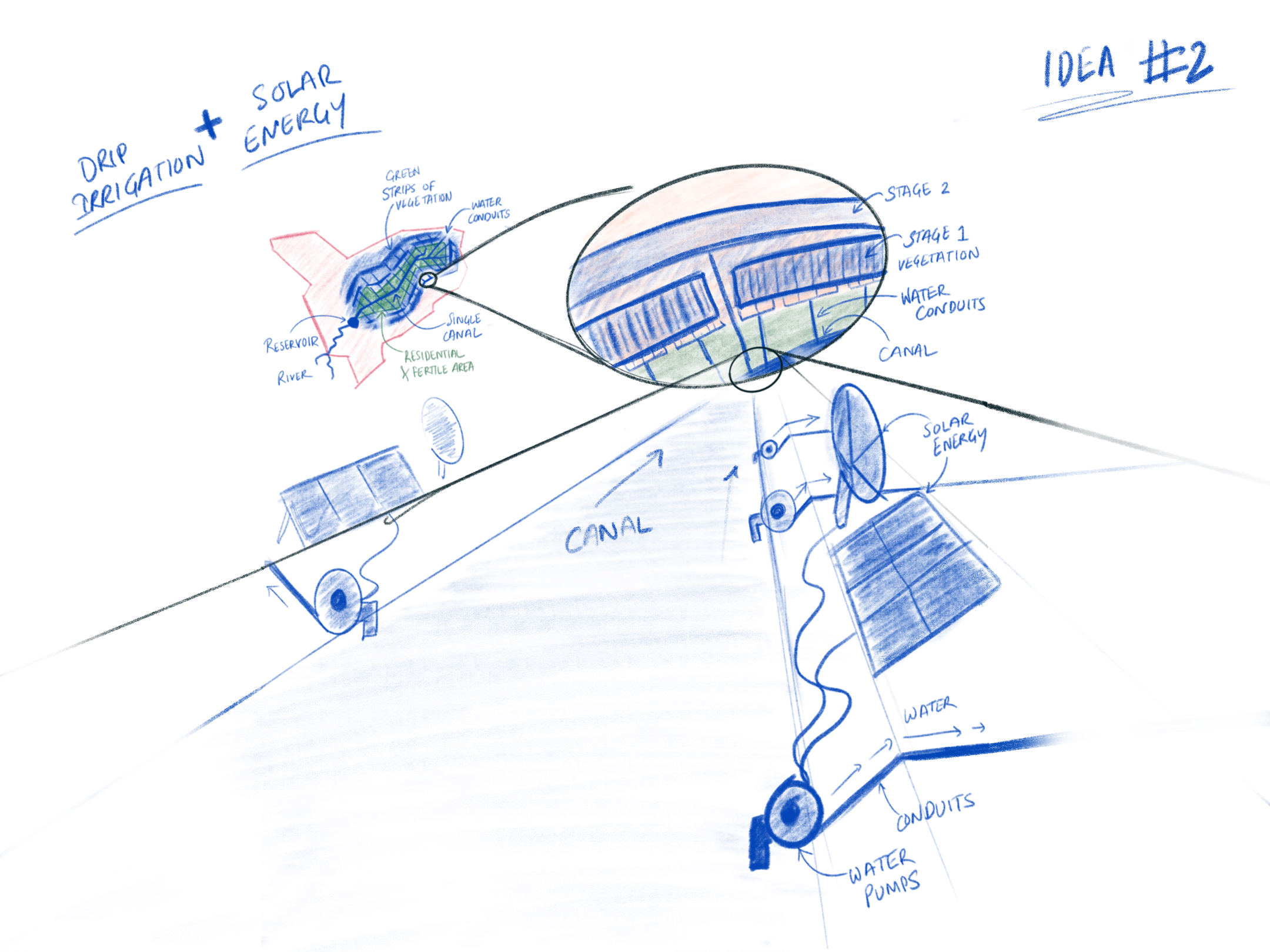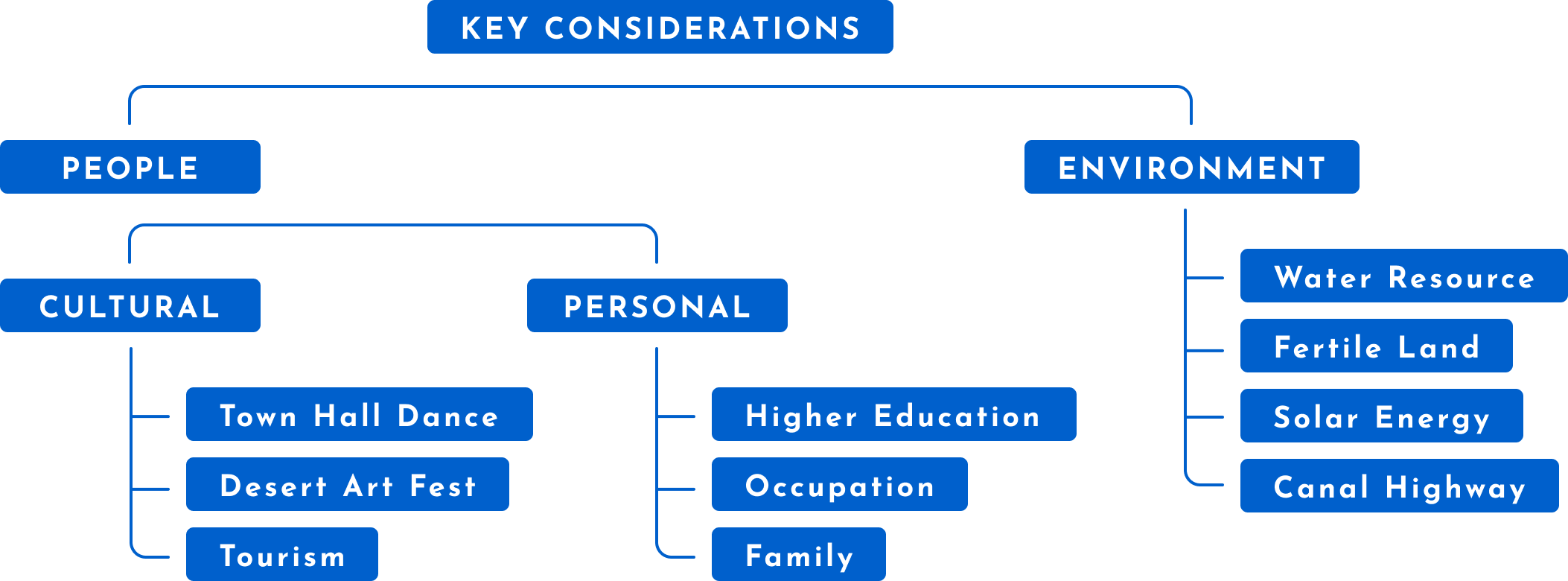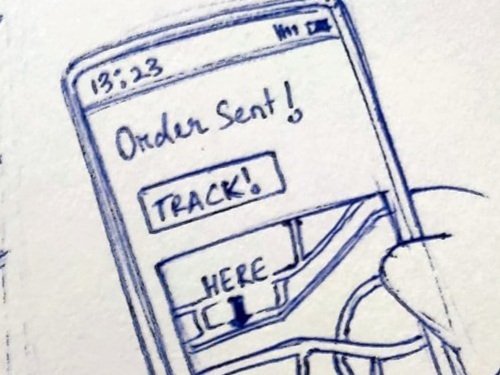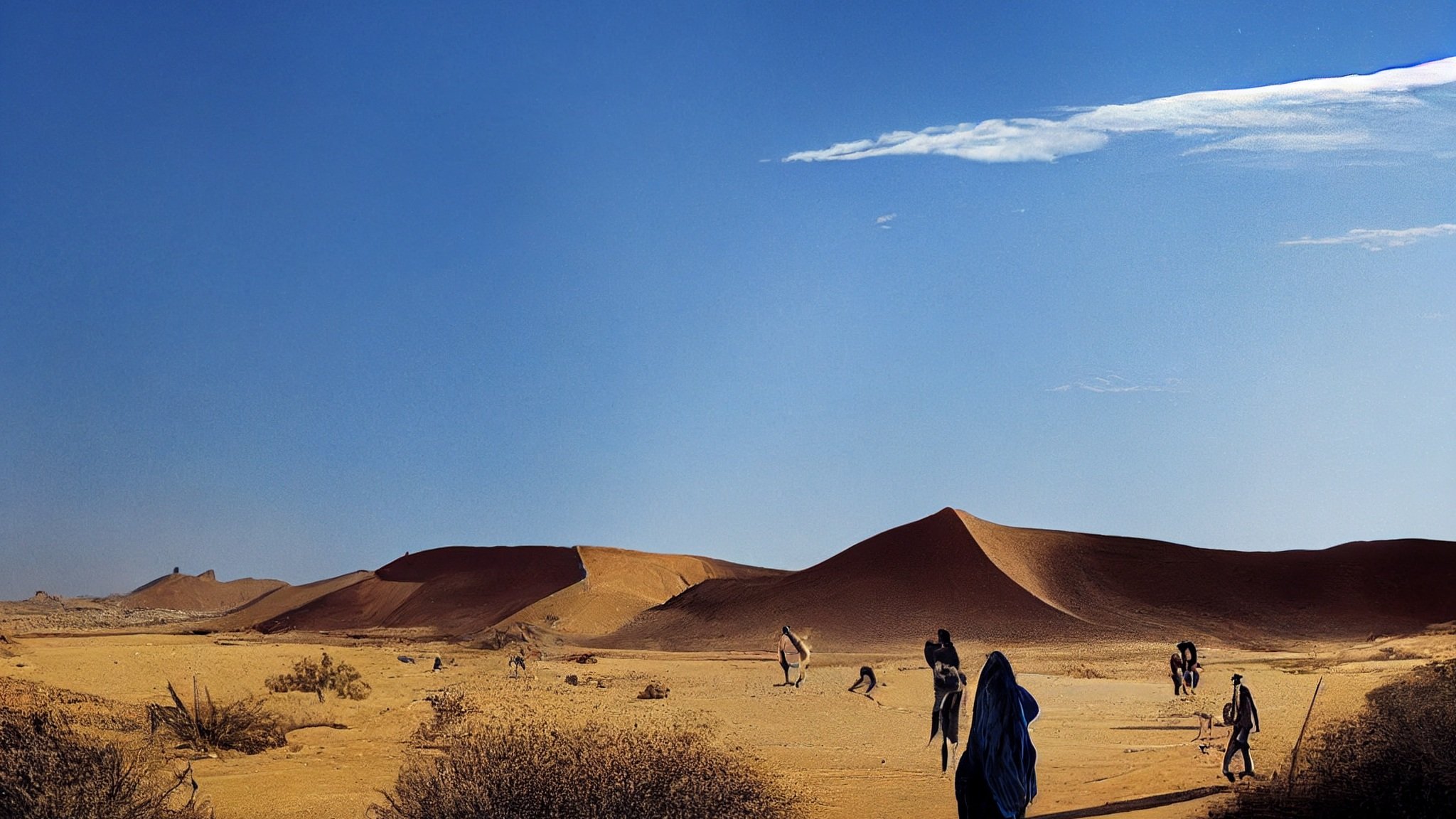
Minqin (The Oasis County) Migration
The youth is migrating out for higher education, but maybe it’s a mirage, a facade for something much bigger and fundamental here.
Read in: 8 mins
A Chinese Oasis county,sandwiched between two deserts, is slowly dying of ageing population. The youth migrates out to compact cities, seeking higher education and employment. The county has access to electricity and modern devices yet lacks in transportation and delivery system links from outside. This project in particular allowed me to grow as an empathatic researcher and innovation designer, appreciating the diversity of people, language, and culture in an exploration to preserve a world beyond my knowledge.
Overview:
Team
Role
Timeline
Tools
4 Individuals
Team Lead
Researcher, Innovation Designer, Storyteller
3 weeks
Miro, UX mapping tools, Digital Ethnography, Zoom, Pen & Paper
To reduce or even reverse the mass youth migration taking place in Minqin county and bring the oasis back to it’s sustainable point.
Objective:
The county needs a way to work around the harsh climatic conditions and connectivity. This turned out to be a wicked problem, with multiple overlapping social, cultural, and geographical variables.
Challenge:
For County Environment
Supply of clean water with reduced evaporation.
More cultivation and variety of food.
Growth in local businesses with increased connectivity.
Reduced migration rate due to increased employment opportunities within the county.
A healthy age profile of Minqin in 15-25 years.
Rise in the water table of the river basin in future years.
Reversing the effect of decreased cultivable land area at the rate of 4-5% per annum.
Reducing or even reversing the extreme environmental climate due to arid region and desertification in the coming decades.
Resisting the conglomeration of Tengger Desert and Badain Juran Desert and preventing further extreme climate change for the north-west China.
Impact:
For People
Design Thinking
Research
Primary Research
User Interview and Digital ethnography to understand the cultural and social construct.
Our participant was a student working as a local guide in the county for art festivals and niche tourism.
Transportation is considerably lacking, bus service introduced as recently as 2019.
No delivery system, even Amazon deliveries take weeks to reach the user’s nearby stations, reducing import rates.
Farming and food is the most important, considering the limited fertile land and arid environment.
Numerous primary and secondary education schools but only one university.
Young students move to other cities for higher education and return to the county as vacation gateaway.
Most of the youth settles in the city due to convinience of transportation and connection, and comfort of the weather.
Gaps and Opportunities
Innovative Ideas
The What?
The idea is to grow strips of fauna (green strips) parallel to the canal in stages.
The first stage strip would be at the banks of the canal where it could hold most soil without much pressure on the canal itself. Consecutive stages may be added directing outwards from the canal towards the desert to counter desertification in long term.
The How?
This idea utilizes two essential elements:
The fact that the canal runs through the length of the whole county.
The county recieves heavy amounts of sunlight most time of the year.
Since drip irrigation requires substantially smaller amounts of water, the pumps can be considerably light and may very well run with solar energy.
The Limitations?
Lacking business model with ROI for investors.
Could be pitched to government bodies only.
Secondary Research
Geographic articles, journals and collected data, google maps and images to understand the physical environment
Spans an area of 15,000 square kms with a population of 241, 400; declining nearly at the rate of 23% per decade.
Triangularly shaped, with a reservoir at one end and a 10 meter wide irrigation canal running through the county for nearly 100 kms.
Most of the population of the county is situated along the length of the canal which is the only source of fresh water at the end of Shiyang river.
Wuwei, the nearest city to Minqin, is upstream the Shiyang river, where unethical industrial practices and overexploitation of river water has been recorded in official reports.
The oasis sits between two deserts and is solely reponsible for resisting them merging and encroaching more habitable land.
Many attempts have been made, some successful, by the government to stop dune encroachment throughout the decades.
The What?
Minqin has a traditional practice of frequent town hall dances by women of all ages; due to recently developed harsh climate, this practice has been abandoned. The idea is to develop culturally relevant and important spaces that induce socio-cultural interactions between different generations and also act as event sites.
The How?
The county is soaked by intense sunlight throughout the year. This could be utilised by to develop solar energy infrastructure or solar sculptures that resemble trees/canopy. This would act as a haven for outdoor interaction given the shade it would cast. The solar energy would also be used to provide music for town hall dancing and other activities like desert art festivals.
The Limitations?
The idea is limited to recreational purposes, this does not contribute towards changing the harsh landscape of the county directly. This idea, however, could definitely be an added part of a bigger, better system.
“If at first the idea is not absurd, then there is no hope for it”
- Albert Einstein
The How?
Utilizing the infrastructure of the canal as a pre-built highway.
Since the canal is ~10m wide, a platform/housing can be mounted atop, which will carry the mini train, the goods and also an array of solar panels.
Due to it’s location, large amount of sunlight could be used to power the system.
Additional power can be relayed, if required, from a concentrated solar power plant already functioning less than 300km away from the county.
The key considerations for this idea were:
The canal runs through out the county, that could potentially behave as a highway if needed.
The county receives tremendous amount of sunlight due to it’s geographical location.
There is a grave requirement of minimizing evaporation of the water resources.
Why solar panels housing on top?
Prevention from debris and evironmental elements like sandstorms for the only source of water for Minqin.
Will reduce evaporation rates by about 95%.
The idea is to develop a mini-train delivery service system on top of the canal which runs throughout the length of the county. This system could be used by courier and postal delivery systems, as well as internal local businesses to deliver goods, like Amazon.
Installation site for PV Cells that can power this system through solar energy to certain degree.
Prevents sand granules from entering the mechanical parts of the mini-train system.
Sketch Prototype
Business Model
Story Board
Users order on the delivery platform, which charges a small fee from the user for the service.
The packages are placed in the system by respective store owners or postal services.
The user tracks their package and is rest assured about their package delivery.
The sun happily radiates energy which is utilised to power the train system and minimize cost for the service.
The user is notified as soon as the package reaches the station nearest to them.
The user is delighted to recieve the package so near to them. They would use the service again to recieve packages without needing to travel long distances in extreme weather.
Based on the limited time and research we could conduct, we liked this idea and explored it further over how a business model can be build around this delivery service system.
Learnings!
This project has been one of the most interesting projects of mine. It required me to push beyond my capabilities and comfort zone to research, understand and empathize of a world that is culturally and environmentally very contrasting to myself.
This was an interesting challenge due to physical and linguistic inaccessibility, which encouraged me to find a way around.
I got in touch with my engineering self while fleshing out solutions, with the metrics and results to calculate how and what could work and what wouldn’t.
Like Wicked problems are, there’s no one fit solution. After recent considerations, I have realised there must be better ways to counter-act these mammoth forces of nature.
This project humbled me and shaped me into someone who is more interested in creating honest and valuable impact in people’s life, for I realised that there is a whole world out there with problems that I couldn’t even fathom.
Thank You!
For staying up with me so far and being patient!
Design Research | Product Design | Innovation | Service Design | Business Transformation
Museum experience transformation for organic growth among youth.






